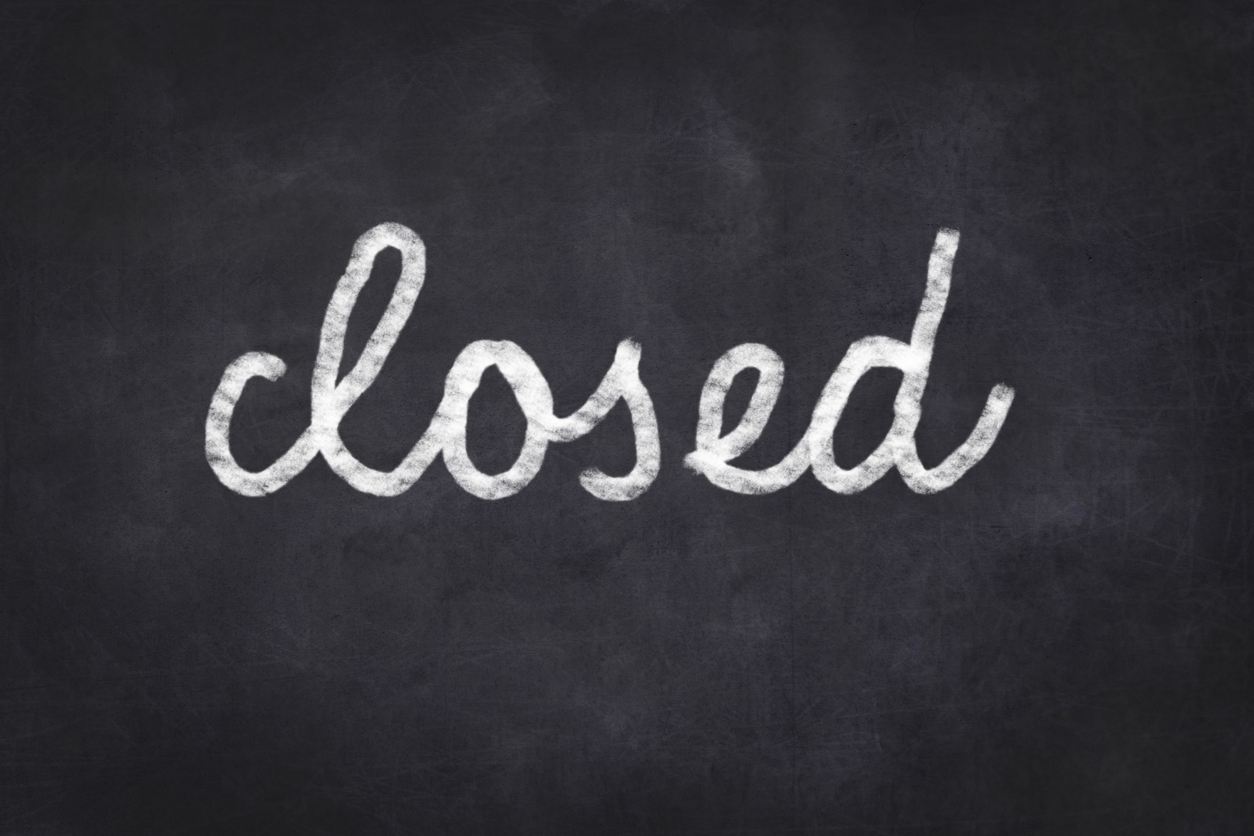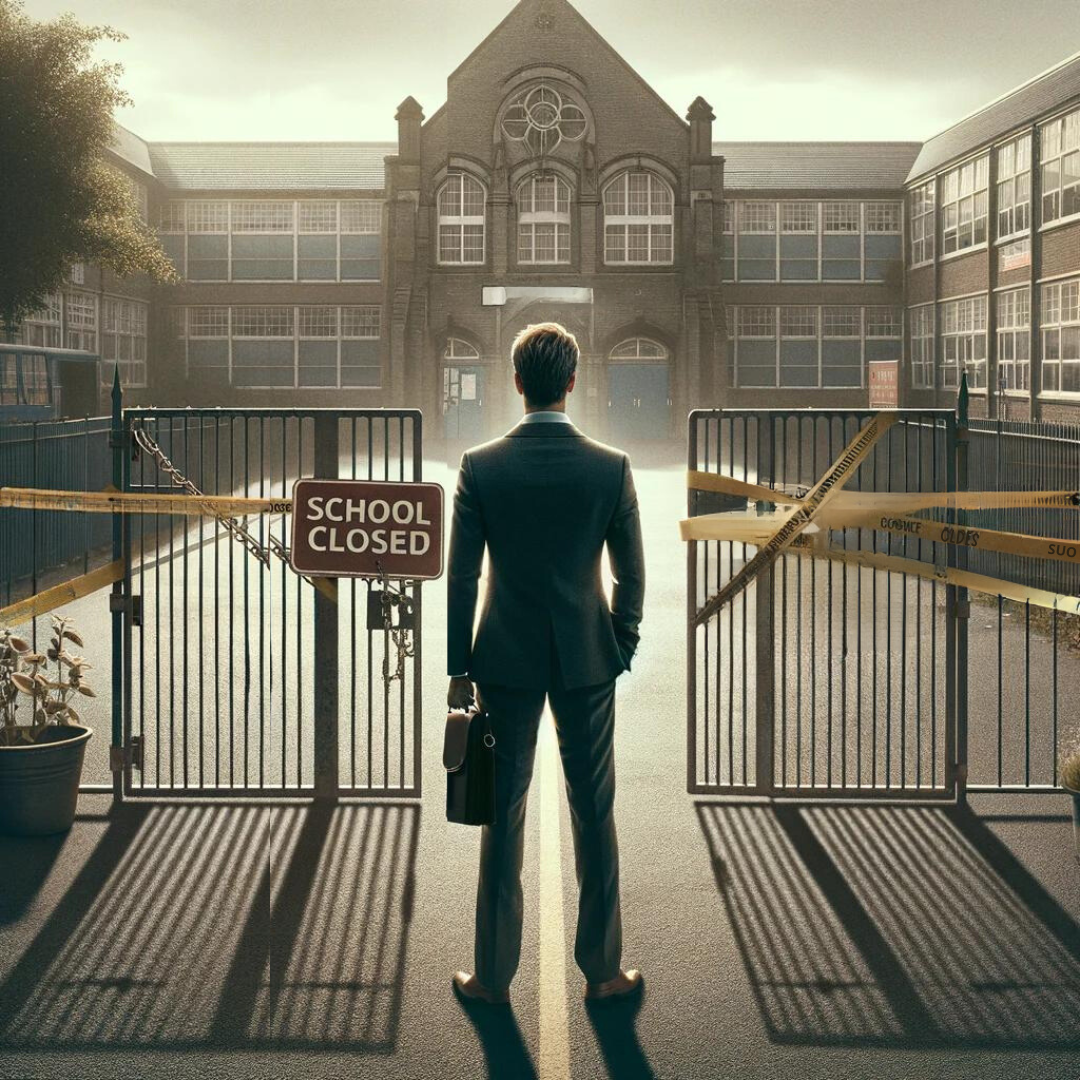State’s wealthiest school district can’t find “pocket change” to save popular Rainier Beach High School program
Members of the Seattle School Board, led by Chair Betty Patu, say they have no plans to continue funding for the popular International Baccalaureate (IB) program at Rainier Beach High School, leaving some 200 students in doubt about their educational future.
For Rainier Beach families, the question is of more than academic interest. Rainier Beach High serves one of poorest neighborhoods in the city. Seventy-six percent of students at the school are from low-income families, and 52 percent are African-American. Studies show that education is one of the surest routes out of poverty, and ensuring that Every Child Learns is an oft-stated goal of Seattle school officials.
The Seattle Times reports that earlier this month School Board members promised to support the program. This week Rainier Beach teachers and parents learned that “support” was not intended to mean “funding.”
The International Baccalaureate program needs a mere $250,000 to continue serving students. That’s pocket change for an agency the size of Seattle Public Schools. Currently District officials command over three-quarters of a billion dollars annually, spending about $12,000 every minute of the school year. Full funding for the Rainier Beach program would require .03% of the District budget, money you could practically find in the couch cushions of the executive lounge at District headquarters.
If Chair Patu and other school officials can’t find the money to save this popular, parent-supported program, they’re not looking very hard.
The school board is telling Rainier Beach parents to privately fund the program themselves. This neglect follows a pattern. The school board has required parents to raise private money to keep popular teachers, as I wrote here and the West Seattle blog writes here.
The core problem is that parents in Seattle do not have choice in education. Children are sent to schools based on zip code, while parents hope-against-hope that school board members provide enough funding.
This is one reason public charter schools are so popular with low-income families. Charter schools provide an alternative when a traditional public school is not meeting children’s needs. It’s also why Education Savings Accounts are popular in some states. ESAs provide families with up to $5,000 to pay for tutoring and other educational services to supplement or replace poor-quality services children receive in zip-code-assigned schools.
Giving families choice in education allows poor children to gain access to high-quality learning. It also gives school officials, like the Seattle School Board, incentive to respond to and respect parents. Believe me, if Rainier Beach parents had the option of attending a charter school, Patu would have found that $250,000, but fast.






